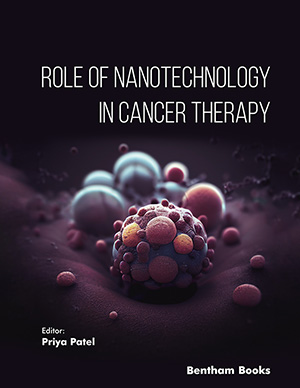Abstract
Background: HIV infection persists for a longer time in AIDS patient compared to many other viral diseases. This is mainly because the HIV resides maximally in lymphatic system mainly the lymph nodes. Most of the present anti-HIV drugs have very poor bioavailability at lymphatic tissue. Hence, pharmaceutical scientists have made many efforts to formulate anti-HIV drugs for targeting lymphatic system. The exploration of nanoparticulate drug delivery systems have been popularly investigated for lymphatic targeting and for improving therapeutic efficacy.
Methods: An electronic search was undertaken to review the recent publications and patents from the available resources on nanoformulations of anti-HIV drugs for lymphatic delivery.
Results: Various carrier systems such as liposomes, polymeric nanoparticles, solid-lipid nanoparticles, nanostructured lipid carriers, polymeric micelles, dendrimers, and nanocrystals have been tried for lymphatic targeting. These nanoparticles are widely studied as passive targeting carriers for lymphatic systems. There is dearth of active targeting for anti-HIV drugs. The studies on surface modified nanoparticles have shown promising results for lymphatic targeting.
Conclusion: One of the reasons for low success rate in targeting the lymphatic tissue is poor-understanding of pharmacokinetic interactions of novel delivery systems in disease pathology. Apart from this, there are several hurdles in biological screening models and clinical trials. These issues should never be neglected in developing newer targeted delivery systems for treatment of AIDS.
Keywords: AIDS, bioavailability, HIV, lymphatic targeting, nanoparticles, therapeutic efficacy.

























